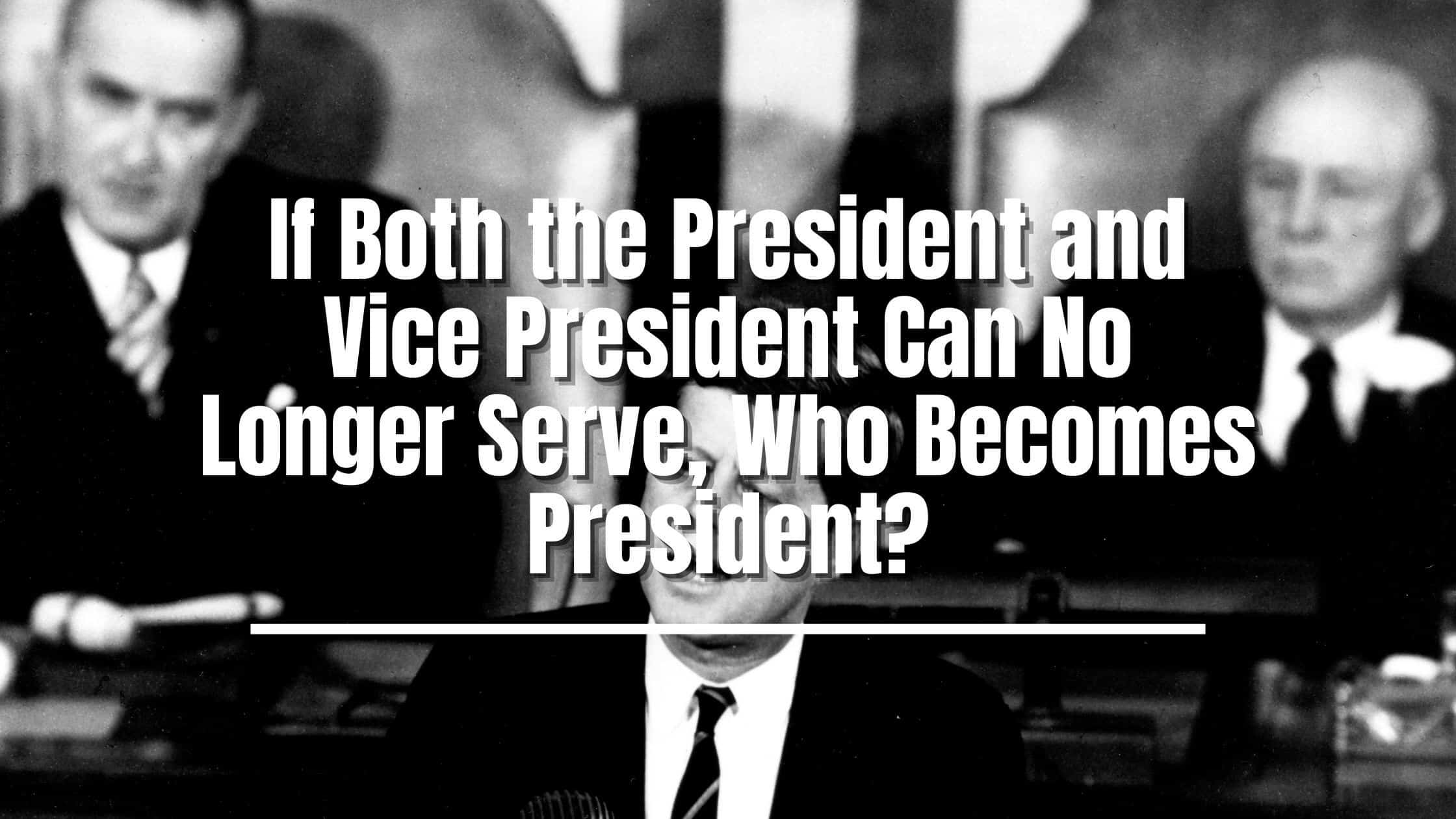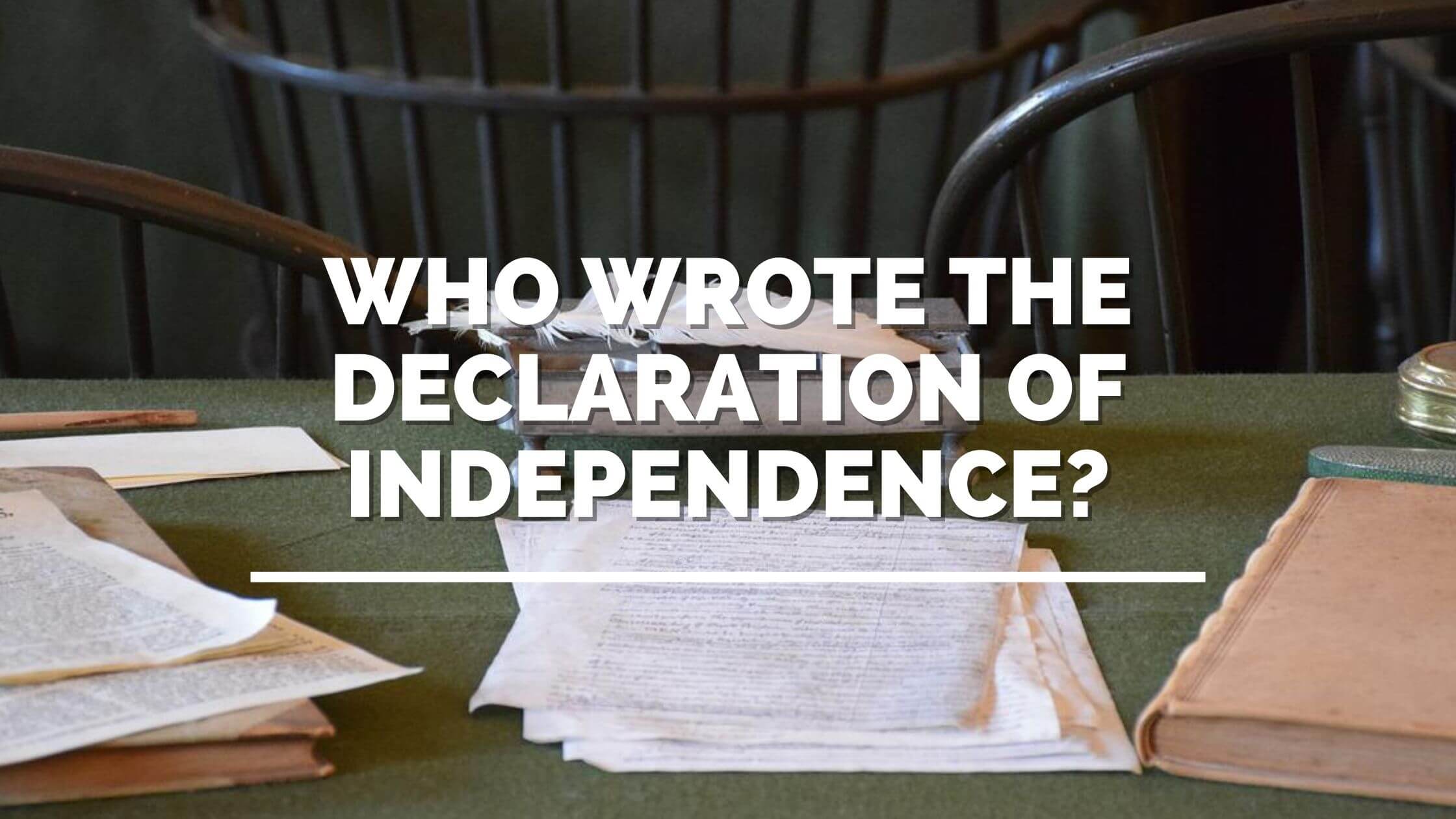Table of Contents
ToggleIf both the President and Vice President can no longer serve, who becomes President?
Answer:
The Speaker of the House.
The following is a fuller explanation:
Presidential Succession – Speaker of the House
The United States Constitution has governed American society for nearly two and a half centuries, proving to be one of the most successful constitutions in world history.
A key issue addressed by the constitution and other pieces of legislation is the presidential order of succession in the event a president or vice president cannot perform their duties.
If the president and vice president cannot serve, the Speaker of the House of Representatives becomes president.
One of the most common characteristics of the constitution is its tendency to provide general guidelines for governance, routinely giving Congress the responsibility for enacting specific legislation to address different issues as the nation progresses.
In conjunction with this theme, Article II states that if the president and vice president cannot serve in their respective roles, Congress is responsible for choosing an officer to serve as president temporarily.
The officer chosen by Congress will serve as acting president until either the president or vice president can resume their duties or another president is elected.
20th Amendment – When President-Elect and Vice President-Elect Fail To Qualify
The 20th Amendment addresses a scenario where the president-elect and vice president-elect fail to qualify for the presidency by the start of the next presidential term.
In this scenario, Congress is given the authority to decide who will act as president or formulate a method for selecting the acting president.
The 20th Amendment then specifically states that the acting president will serve until a president or vice president qualifies for the presidency.
However, it does not state that the acting president will serve until the president-elect and vice president-elect qualify.
As a result, this amendment implies that the acting president can serve a complete four-year term if the president-elect and vice president-elect never qualify.
The next qualifying president and/or vice president to take office would occur during the subsequent presidential election cycle.
The amendment does not explain why the president-elect and/or vice president-elect would not qualify. Though, one possibility could be the citizenship status of both individuals coming into question.
Presidential Succession – 1792
Not long after adopting the constitution, Congress passed the first piece of legislation addressing the presidential order of succession in 1792.
Until the bill’s passage, many different succession plans were discussed, with various officers such as the President pro tempore of the Senate, Speaker of the House, chief justice, and secretary of state being considered.
Many federalists opposed the idea of the secretary of state being third in line to the presidency because they disliked the incumbent secretary of state, Thomas Jefferson.
Others opposed the idea of any member or officer of Congress being third in line to the presidency since it was feared that the individual would retain their seat in Congress.
This would be a direct violation of the important constitutional concept of separation of powers and could upset the balance of power in the federal government.
Similar separation of power concerns were raised over the chief justice temporarily serving as president.
Eventually, after an intense debate between both houses, Congress agreed to establish the Senate’s President pro tempore as third in line to the presidency, with the Speaker of the House fourth in line.

Get Smarter on US News, History, and the Constitution
Join the thousands of fellow patriots who rely on our 5-minute newsletter to stay informed on the key events and trends that shaped our nation's past and continue to shape its present.
The legislation was signed into law by George Washington on March 1, 1792. Although it governed presidential succession policy for the next century, it would never be implemented since a president or vice president was always in office during this time.
Presidential Succession – 1886
After the death of James A. Garfield in 1881 from wounds suffered due to an assassination attempt, many important governmental officials saw the need to modify the original legislation addressing the presidential order of succession passed in 1792.
When Chester A. Arthur took office, the vice president’s office became vacant, and the Senate and House leadership positions next in line to the presidency were also vacant.
While this was a rare occurrence, it was noted that if a president was ever elected during a special election cycle that was out of alignment with the congressional cycle, this scenario was more plausible.
Legislation was passed in 1886 that replaced the congressional leadership positions with the Cabinet secretaries in the presidential order of succession.
The Cabinet secretaries would assume the office of the presidency by the order in which they were created, with the secretary of the oldest Cabinet position assuming power first.
This legislation would govern presidential policy for the next three-quarters of a century. Still, like the original legislation dealing with the presidential order of succession, it was never implemented.
Presidential Succession – 1947
Soon after the death of Franklin Roosevelt, President Harry Truman recommended to Congress that the congressional leadership positions of President pro tempore and House Speaker should be given priority in the presidential order of succession over the Cabinet secretaries.
Truman felt that the president should not have the power to appoint their successors in the event of the president’s and vice president’s removal from office. He also noted that it was more appropriate for the congressional leadership positions to be next in line since they were elected officials.
Legislation was passed in 1947, establishing the House Speaker and President pro tempore as third and fourth in line to the presidency. The Cabinet secretaries were next in line, in order of the establishment of their departments, with the secretary of the oldest Cabinet position assuming power first.
This legislation is the current standard for determining who takes power if the president and vice president are removed from office.
As with the previous legislation addressing presidential succession, the presidential order of succession established by this most recent legislation has never had to be utilized.
A vice president has always been available to take over the presidency.











